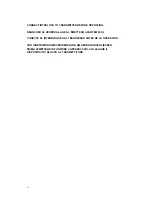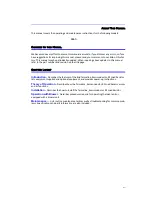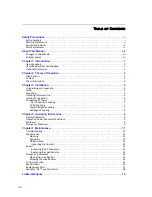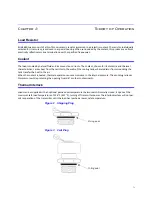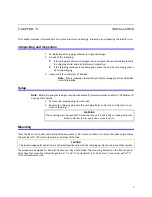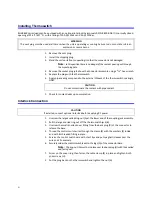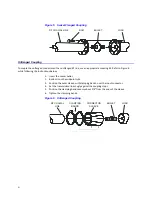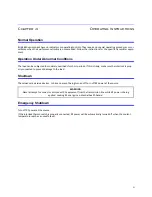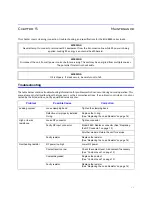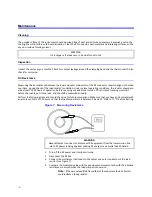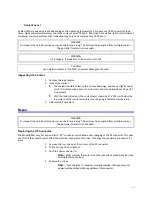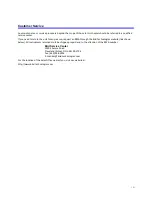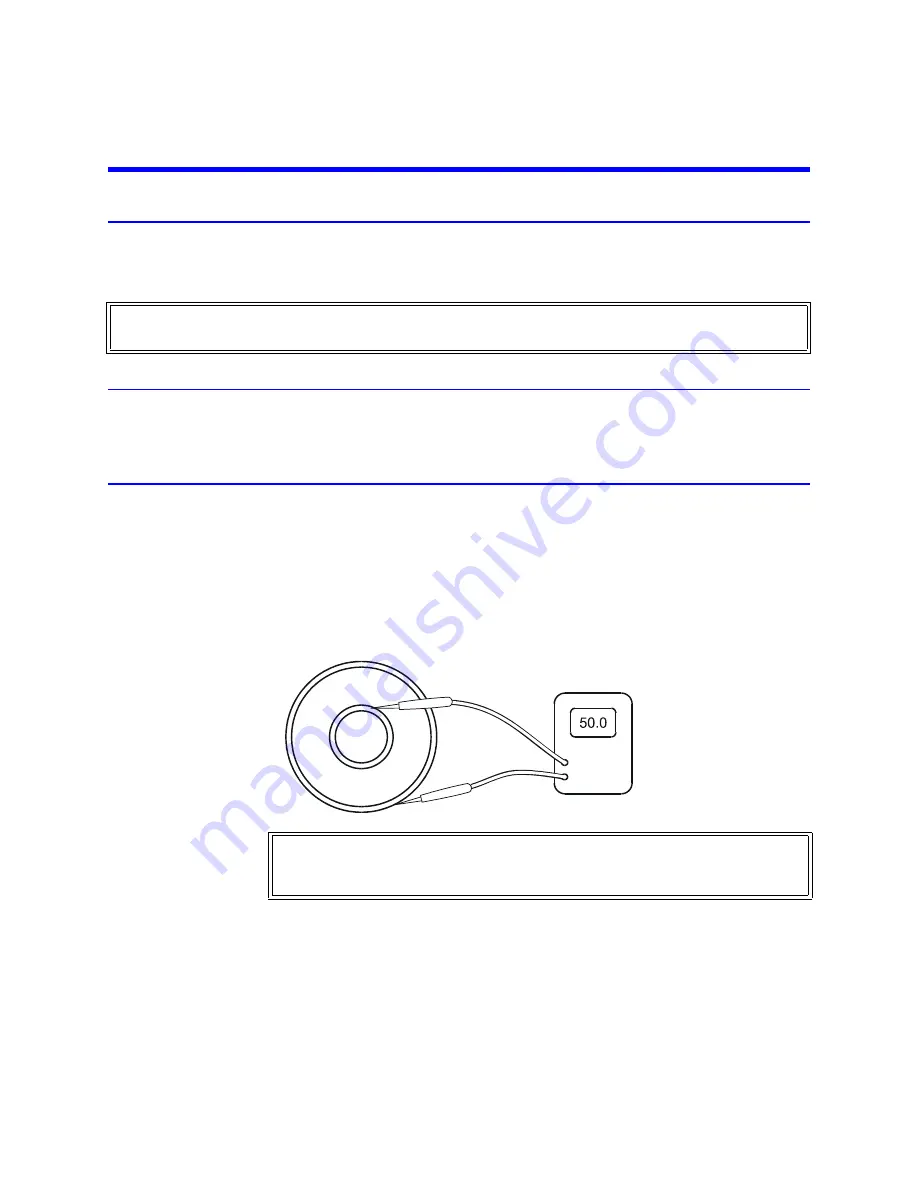
12
Maintenance
Cleaning
The outside surface of the instrument should be wiped free of dust and dirt when necessary. Excessive dust on the
cooling fins will interfere with heat dissipation. Clean the RF connector, both metallic and insulating surfaces, with a
dry, non-residue forming solvent.
Inspection
Inspect the unit every six months. Check for coolant leakage around the clamping band and the thermoswitch. Also
check for corrosion.
DC Resistance
Measuring the dc resistance between the inner and outer conductors of the RF connector shows changes in the load
over time, a good check of the load resistor’s condition. Under normal operating conditions, the resistor should pro-
vide at least 5,000 hours of operation before requiring any additional service. DC resistance tracking must start
before the load is put into service, and should be measured annually.
Perform the following steps and record the value for future comparison. Make sure that you have an ohmmeter with
an accuracy of ±1% at 50 ohms and that the load temperature is between 20 and 25 °C (68 to 77 °F) before starting.
Figure 7 Measuring Resistance
1.
Turn off the RF power and interlock circuitry.
2.
Disconnect the RF line.
3.
Connect the multimeter test leads to the center and outer conductor of the load
resistor (see Figure 7).
4.
Compare the measured value with the previous measurement and with the baseline
resistance, measured when the load was put into service.
Note:
If the new value differs from either of these by more than 1 ohm this
could indicate a failing resistor.
WARNING
Oil is slippery. If a leak occurs, be careful not to fall.
WARNING
Never attempt to connect or disconnect RF equipment from the transmission line
while RF power is being applied. Leaking RF energy is a potential health hazard.

